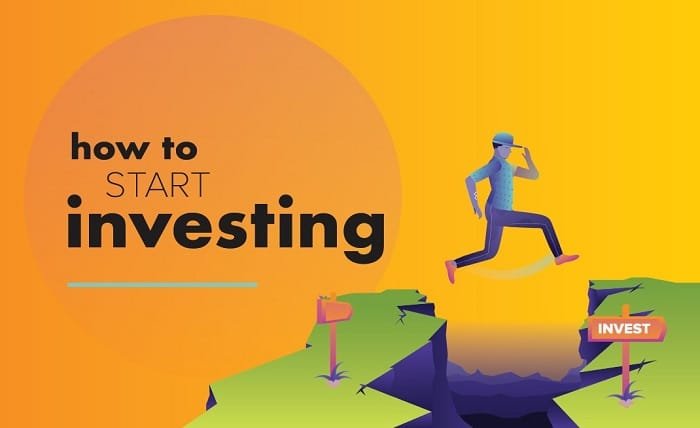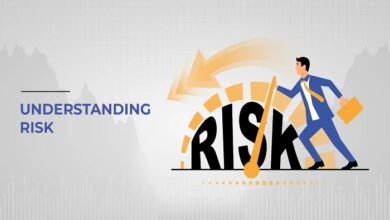Start Investing: Strategies, Tips, and Tools for Financial Growth

Introduction
Starting to invest is a crucial step towards achieving financial stability and growth. It involves allocating your resources into various financial instruments to generate returns over time. This comprehensive guide will walk you through the essentials of how to start investing, from understanding the basics to implementing advanced strategies.
The Importance of Starting Early
Starting to invest early in life is one of the most important financial decisions you can make. The power of compound interest means that the earlier you start, the more time your investments have to grow. Even small amounts invested consistently over time can result in significant wealth accumulation.
Setting Financial Goals
Before you start investing, it’s essential to set clear financial goals. Whether you aim to save for retirement, buy a home, or fund education, having specific objectives will guide your investment strategy. Defining your goals helps you determine the appropriate time horizon and risk tolerance for your investments.
Different Investment Options
There are numerous investment options available, each with its own risk and return profile. Common options include stocks, bonds, mutual funds, ETFs, real estate, and commodities. Understanding the characteristics of each investment type will help you build a diversified portfolio that aligns with your financial goals.
The Basics of Stock Investing
Stocks represent ownership in a company and offer the potential for high returns. When you start investing in stocks, you become a shareholder and can benefit from the company’s growth and profits. It’s essential to research and understand the companies you invest in to make informed decisions.
The Role of Bonds in a Portfolio
Bonds are debt securities that provide fixed interest payments over a specified period. They are generally considered safer than stocks and can provide a steady income stream. When you start investing, including bonds in your portfolio can help balance risk and provide stability.
Mutual Funds and ETFs
Mutual funds and ETFs (Exchange-Traded Funds) allow you to invest in a diversified portfolio of assets. Managed by professional fund managers, these investment vehicles are ideal for those who prefer a hands-off approach. They offer diversification, which can reduce risk and enhance returns.
Real Estate Investment
Real estate is a tangible asset that can provide rental income and capital appreciation. When you start investing in real estate, you can benefit from property value increases and passive income from tenants. Real estate can also serve as a hedge against inflation.
The Importance of Diversification
Diversification involves spreading your investments across different asset classes to reduce risk. By diversifying your portfolio, you can mitigate the impact of poor performance in any single investment. This strategy is fundamental when you start investing to ensure a balanced risk-return profile.
Risk Management Strategies
Investing inherently involves risk, but managing that risk is crucial for long-term success. When you start investing, it’s important to implement risk management strategies such as asset allocation, diversification, and regular portfolio rebalancing. These strategies help protect your investments from significant losses.
The Power of Compound Interest
Compound interest is the process where the returns on your investments generate additional returns. This exponential growth means that the longer you stay invested, the more your money can grow. Understanding and leveraging compound interest is vital when you start investing.
The Role of Financial Advisors
Financial advisors can provide valuable guidance and expertise when you start investing. They can help you create a personalized investment plan, choose appropriate investments, and manage your portfolio. While it’s possible to invest on your own, a financial advisor can help you make more informed decisions.
Keeping Track of Your Investments
Monitoring your investments regularly is essential to ensure they align with your financial goals. When you start investing, use tools and apps to track your portfolio’s performance, assess your progress, and make necessary adjustments. Staying informed allows you to respond to market changes and opportunities effectively.
Conclusion
Starting to invest is a significant step towards securing your financial future. By understanding the basics, setting clear goals, and implementing sound strategies, you can build a robust investment portfolio. Remember, the key to successful investing is consistency, patience, and continuous learning.
FAQs
1. What is the best age to start investing?
The best age to start investing is as early as possible. The earlier you begin, the more time you have to benefit from compound interest, leading to greater wealth accumulation over time.
2. How much money do I need to start investing?
You can start investing with any amount of money. Many investment platforms offer low minimum deposits, making it accessible for beginners to start with even small amounts.
3. What are the safest investments for beginners?
For beginners, safe investment options include bonds, mutual funds, ETFs, and high-yield savings accounts. These investments typically offer lower risk compared to individual stocks.
4. How do I choose the right investment strategy?
Choosing the right investment strategy depends on your financial goals, risk tolerance, and investment horizon. It’s advisable to diversify your portfolio and seek guidance from financial advisors if needed.
5. Can I start investing without a financial advisor?
Yes, you can start investing without a financial advisor. There are many online platforms and resources available to help you make informed investment decisions. However, a financial advisor can provide personalized advice and expertise.





